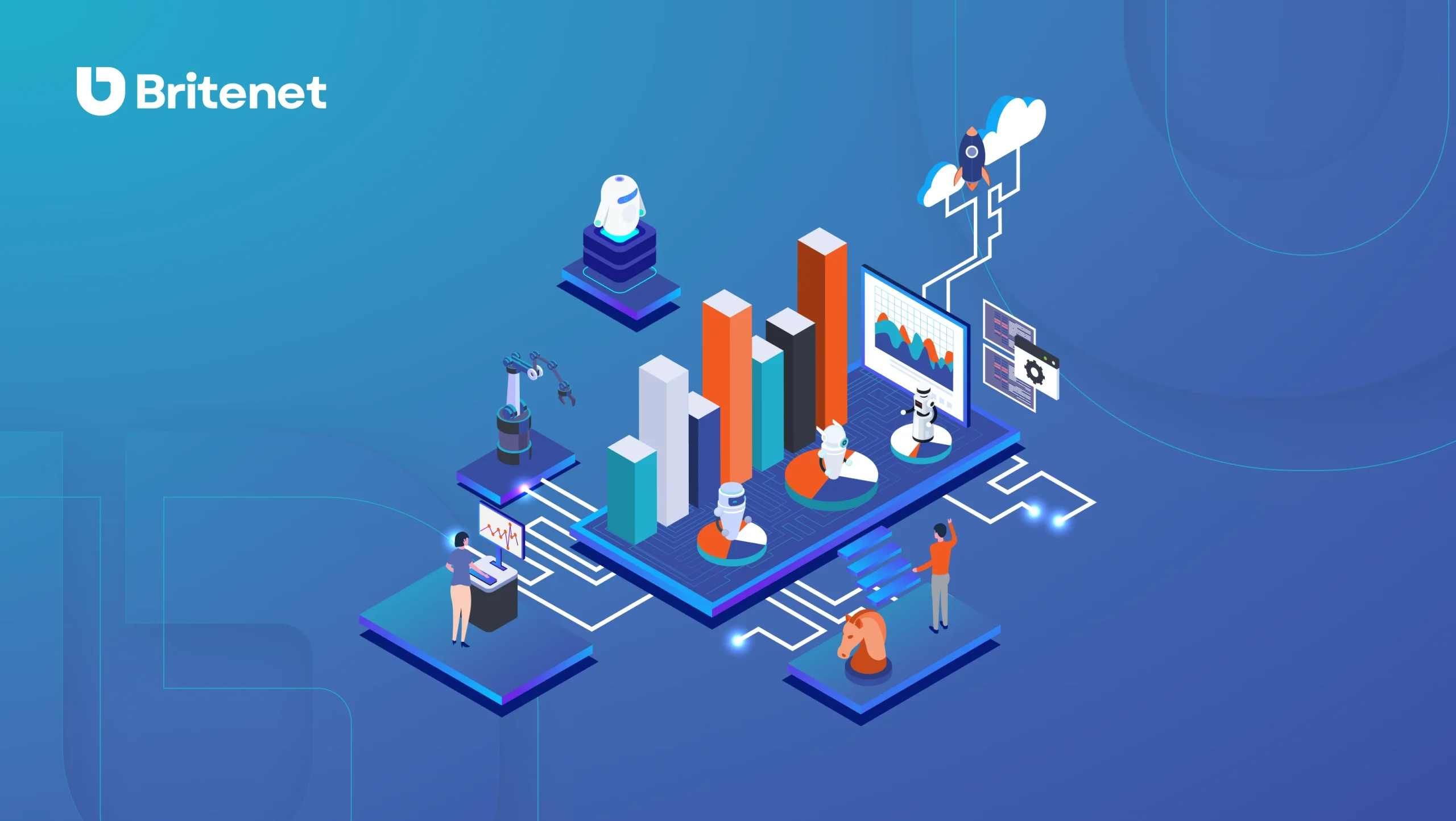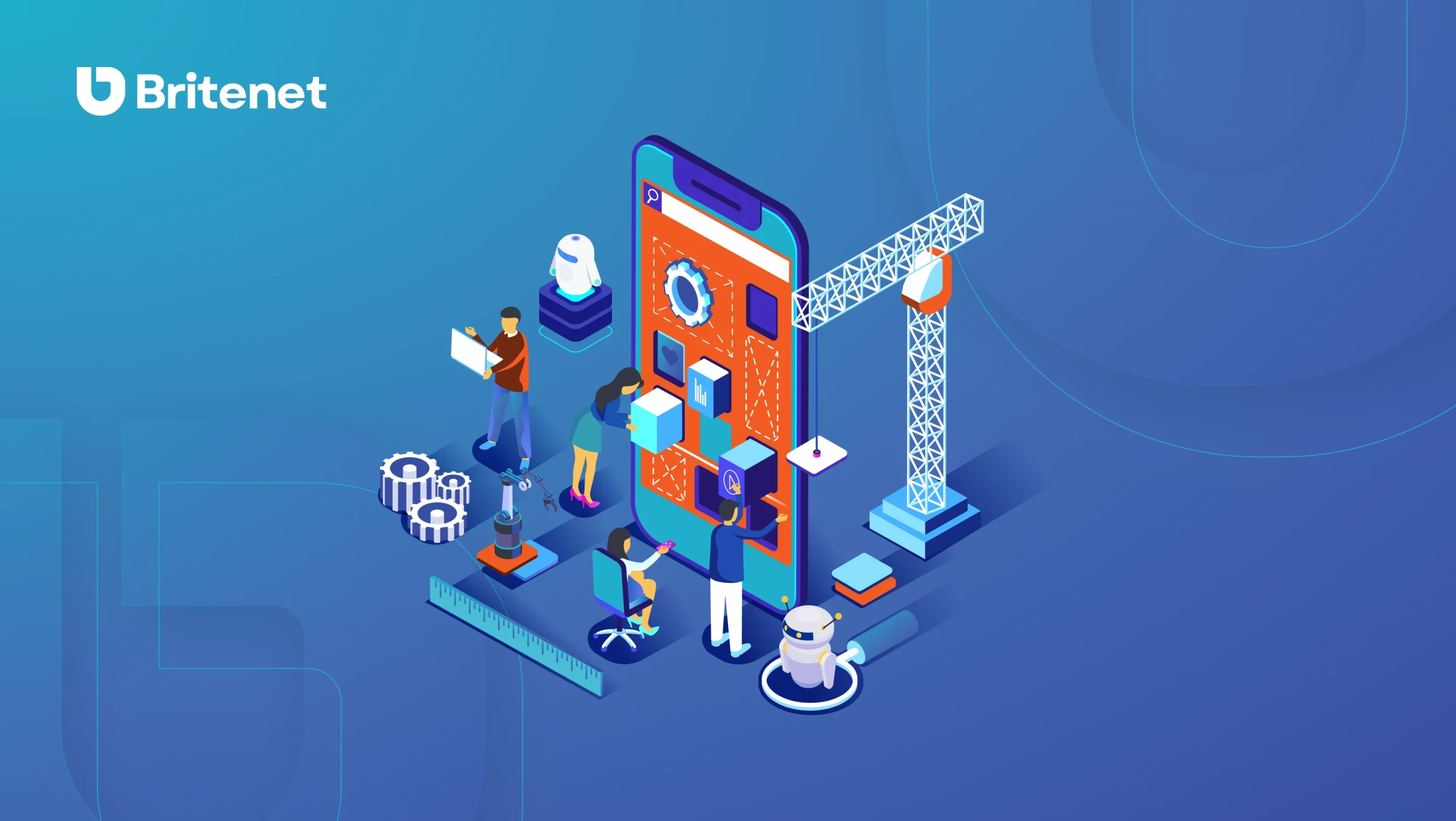Many computer games offer the possibility of extensive development for our main character by gaining experience during gameplay. This allows us to advance to the next level and thus gain new skills and access to better tools. Why is this mechanic so fascinating and able to engage players completely? Because it reflects our real lives, in which we also strive for development, both personal and business.
3 key takeaways from the article
- Comprehensive customer data management is the foundation of any insurance company focused on understanding customer needs.
- Data integration and a 360-degree view of the customer accelerates the operations of all company departments
- Centralising the customer communication management system eliminates the risk of errors and ensures a consistent flow of information - crucial for effective customer service.
Representatives of the insurance industry are also gaining experience, developing their skills, upgrading their competences, and implementing increasingly advanced technological solutions. As in games, this development process can be carried out in two ways. Firstly, enhancements can be chosen completely at random, which can very easily lead to business and technological chaos. The second option is to carefully and thoughtfully plan the development of our insurance company. It is worth considering where to focus your efforts in this process.
At the outset, it is important to determine who should be at the centre of our business. Our experience in the insurance field clearly indicates that the correct answer is the customer. If you share this opinion, I cordially invite you to read a short guide on planning the development of a customer-oriented insurance company.
Level 1 – increase data transparency with a golden record
Achieving the first level of customer-centricity is possible by answering a seemingly simple question: exactly how many customers do we have? However, determining this number accurately is a much more complex task than one might assume - each customer's data is distributed across various IT systems. Experience in the insurance industry shows that insurance companies very often have dozens of unstructured records related to just one customer.
In order to establish the number of customers, it is necessary to introduce a process for managing their data, which consists of three steps. The first step is to clean the data of any errors and typos. The next stage involves enriching the data with information from external databases, such as the Central Statistical Office. In the final stage, all records related to one customer are merged into one - the so-called golden record. Thanks to this process, the answer to the question of exactly how many customers we have becomes very simple - as many as there are golden records.
Level 2 – gain access to a customer's 360 view
In most insurance companies, data is spread across different silos. For example, the sales department stores its data in a CRM system, while the financial department uses an accounting system. The same is true for other business areas, which also operate on dedicated IT systems. As a result, each business area is a separate silo of data between which the Data Nomads travel.
Who exactly are the Data Nomads? Imagine that the marketing department wants to organise a campaign that takes into account a customer's favourite colour. Although they do not have this information themselves, someone else in the company may have it. In this situation, the marketing Data Nomad is sent out to search for this information in other data silos.
We can speak of the second level of sophistication in the customer-centric approach when the data isolation is eliminated and all customer information is integrated into one complete set. In this way, we create a complete 360-degree view of the customer. By making this view available to all departments, we realise a key business concept: we democratise access to data. In this way, the role of Data Nomads becomes redundant in our organisation and our teams can focus on using the data rather than searching for it.
Level 3 – integrate the strength and potential of all departments
The next level involves revitalising the company's customer processes so that they are based on a comprehensive 360-degree view. Which processes are these? Obviously, mainly sales, marketing, and customer service. However, the areas of finance, risk management, actuarial, or fraud detection should also be included. But that's not all: we can also mention the compliance with GDPR regulations, the customer self-service portal, as well as other unlimited possibilities.
At first glance, we may get the impression that individual departments in our company will not be interested in such a transformation. However, experience suggests otherwise. When we reach level 2 and implement one business process based on a comprehensive 360-degree view, the other departments will automatically adapt to the changes. Every employee in an insurance company dreams of complete and high-quality customer data!
Level 4 – understand and take care of your customers' needs
Have you ever wondered who might not be happy with a policy discount? Well, the one who has recently purchased it, paying full price! It would seem that such a situation should not occur. Unfortunately, however! When a customer purchases a policy, this information is recorded in the sales system. If it is not passed on to the marketing system, this can result in marketing treating that customer as a prospect.... And then we have a ready-made slip-up that will affect our customer's satisfaction and the way they perceive our company.
What is the problem? The difficulty comes from the fact that there are isolated customer communication channels in the organisation that operate similarly to the data silos shown in Level 2. This leads to a situation where people working in one communication channel are not aware of what is happening in the others. The solution to this problem is to move to level 4 of customer-centricity by creating a central system for managing communication with customers and ensuring rapid feedback from communication channels to all information systems in the organisation.
Building the foundation of customer-centricity – mistakes not to make
At the beginning I compared building a customer-centric organisation to a computer game, but this analogy has its limitations. In the game, we can use 'codes' that enable us to advance to the next level immediately. There are no shortcuts in creating a customer-oriented insurance company. Each of the levels I have mentioned must be reached before we can start working on the next one. This is a demanding and long process. If we constantly remember that we are doing this for the benefit of our customers and that, at the end of the process, we will become an organisation capable of establishing a genuine relationship with each and every one of them, then achieving the next levels will become a source of real joy and satisfaction.



